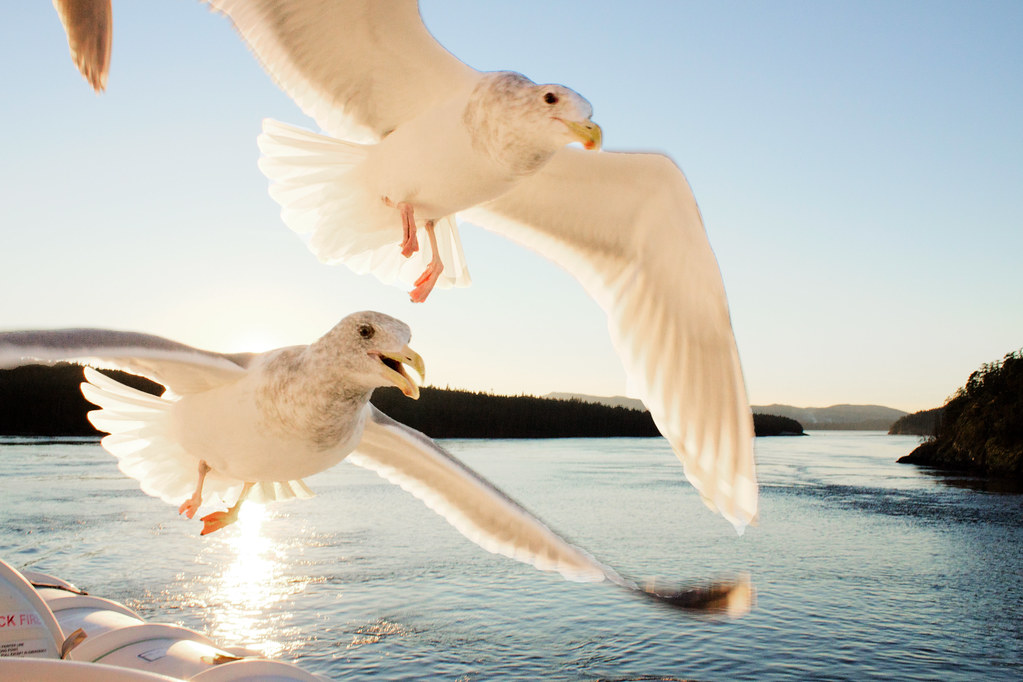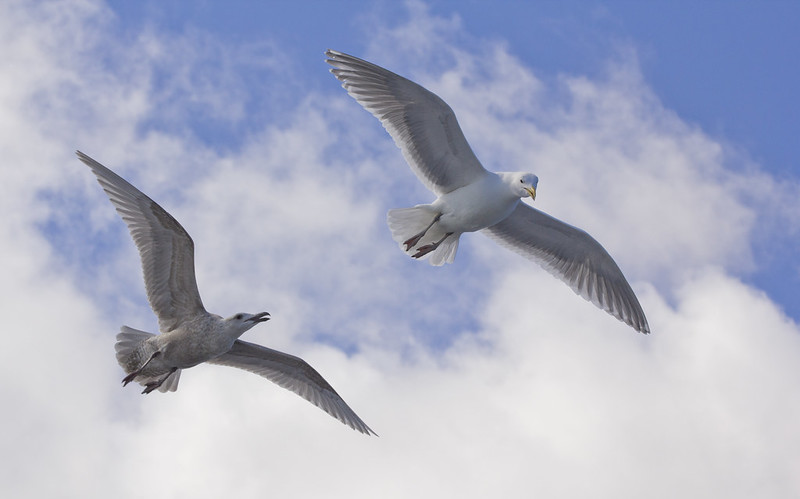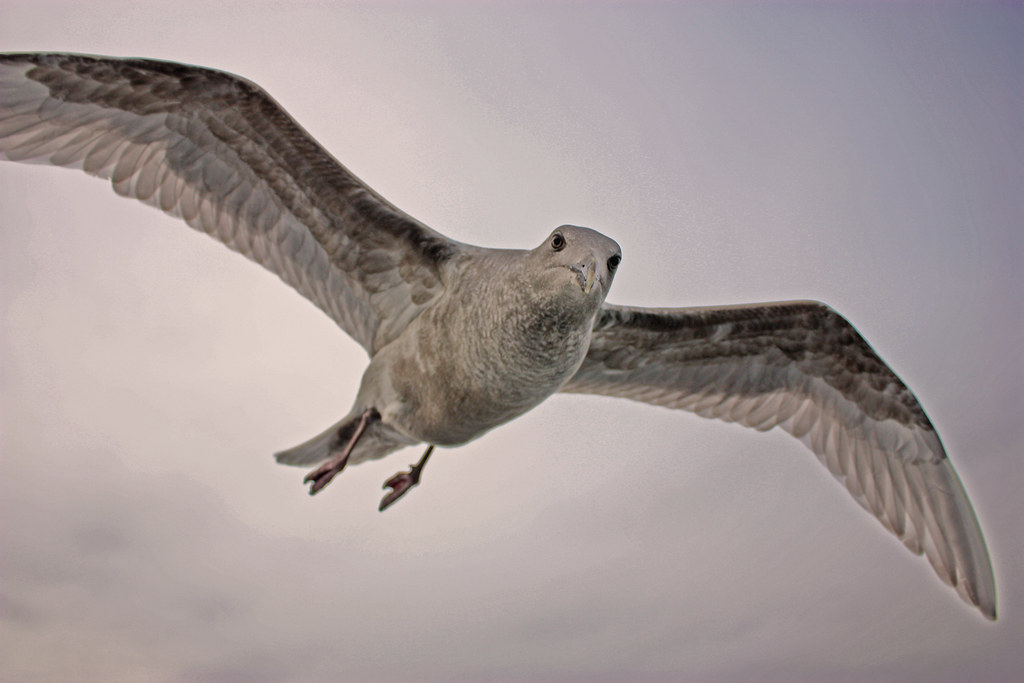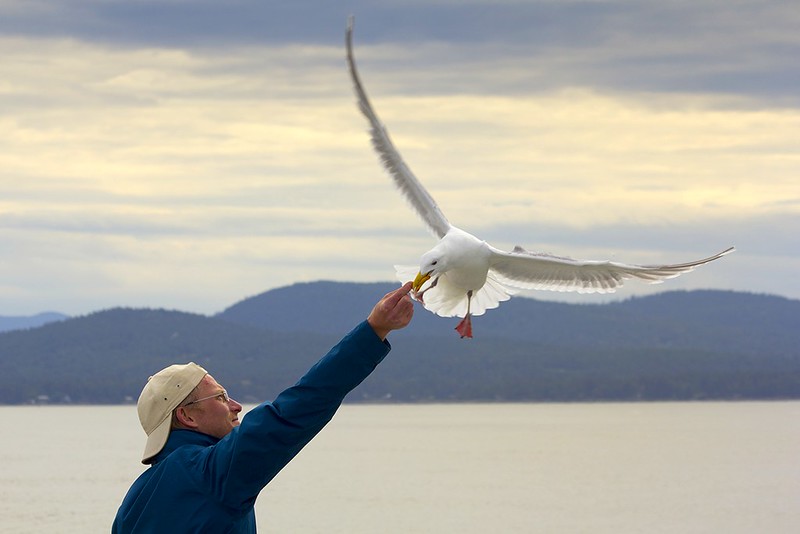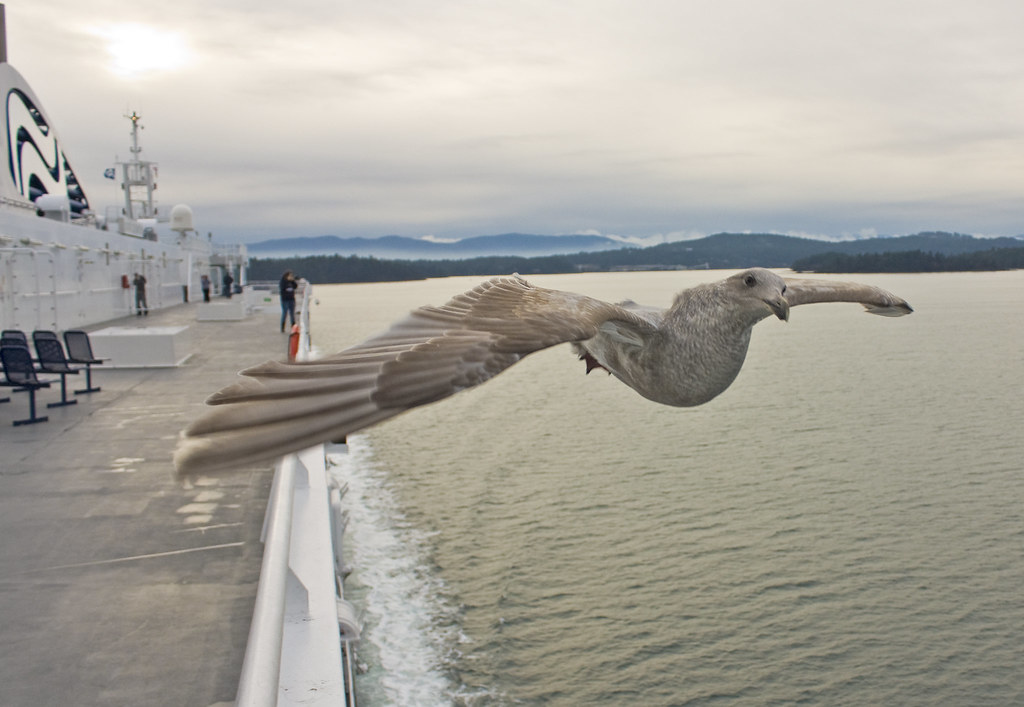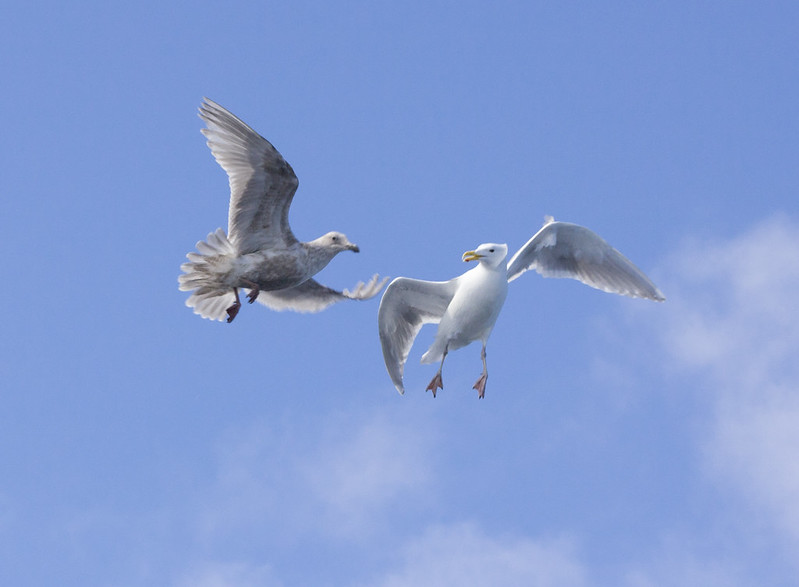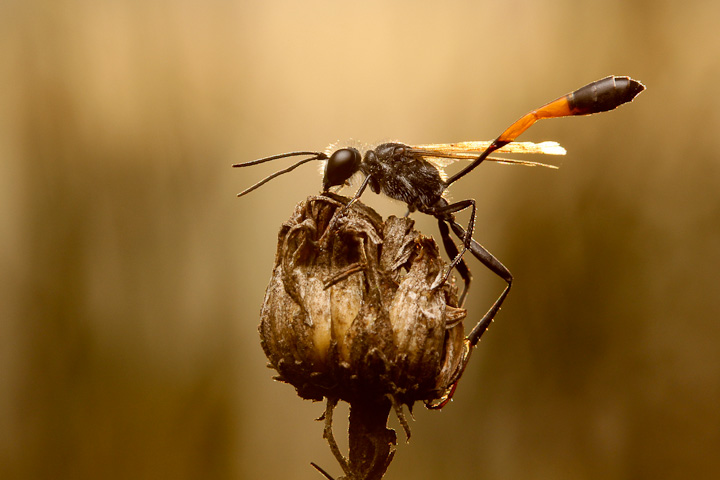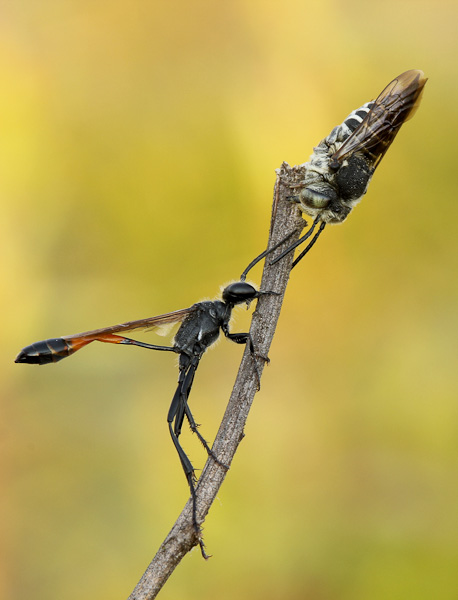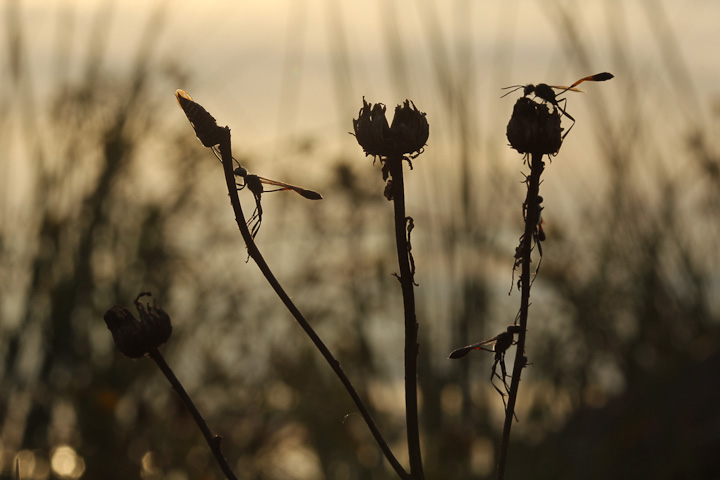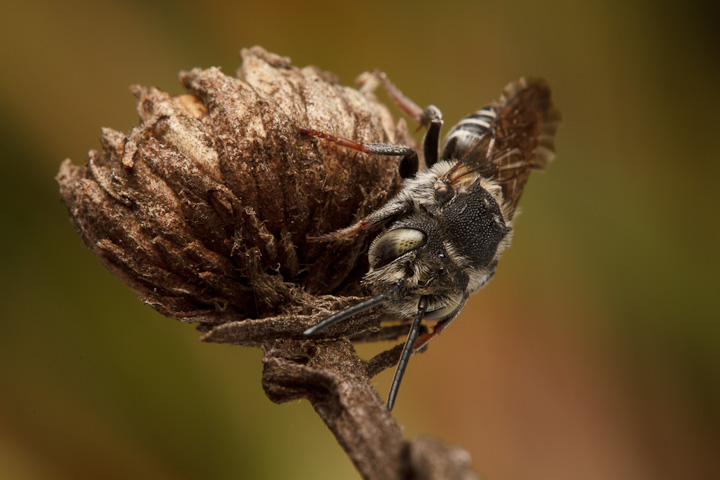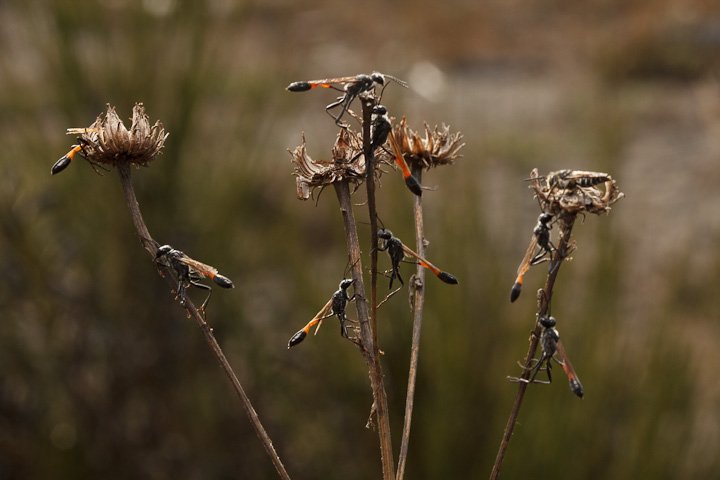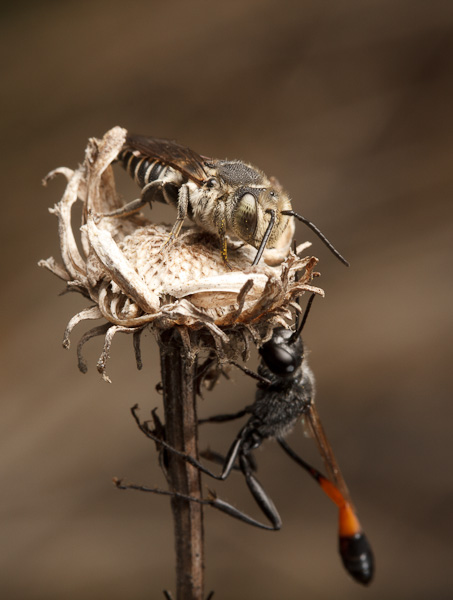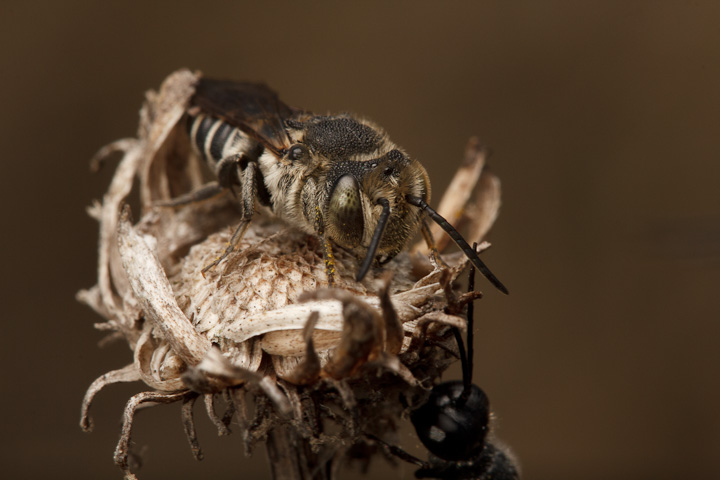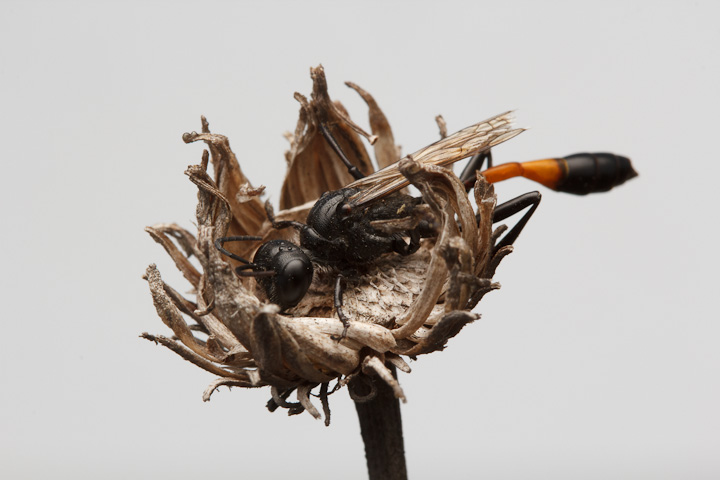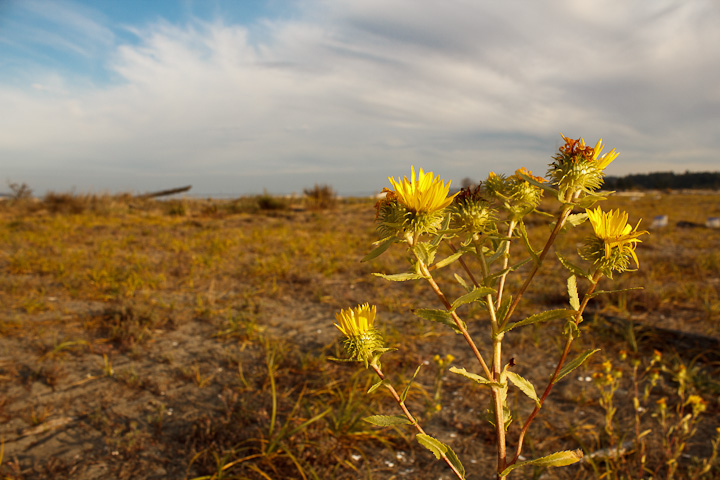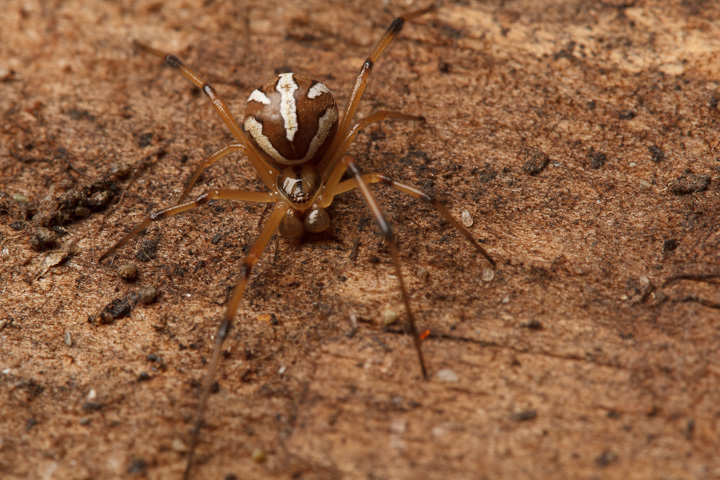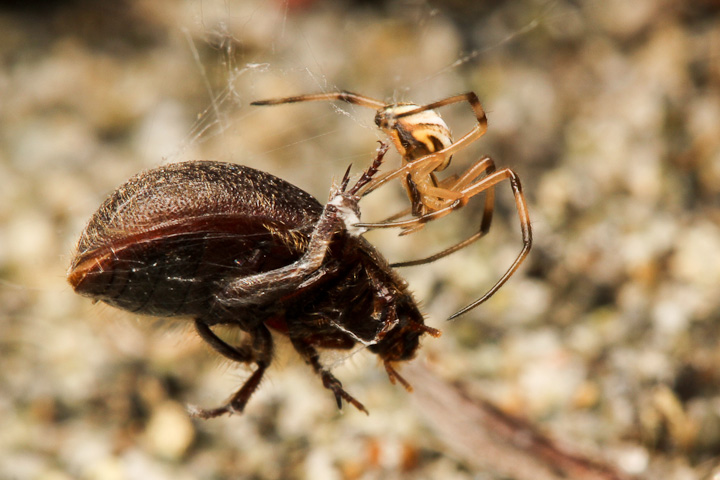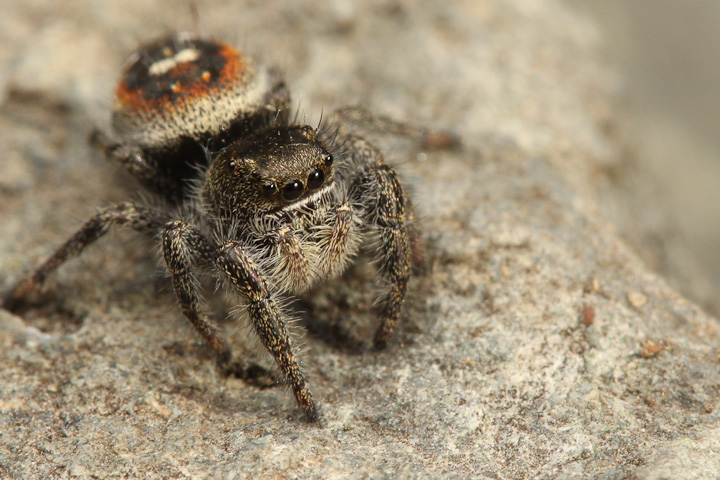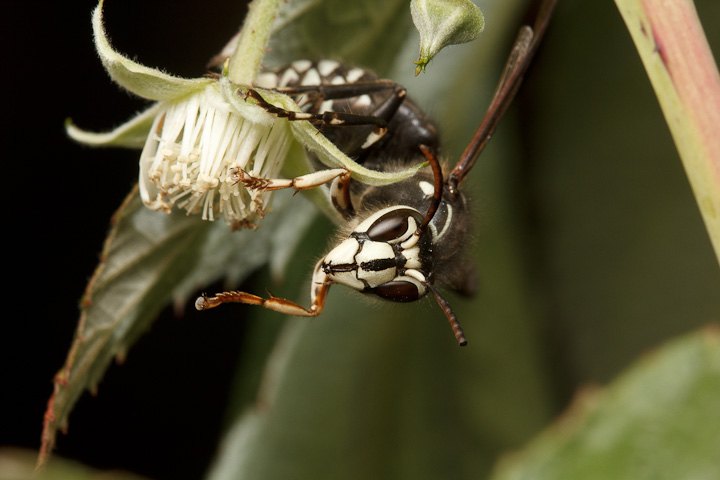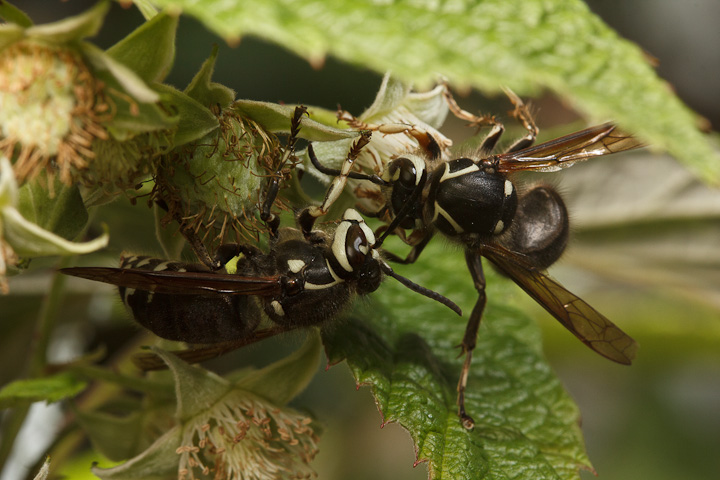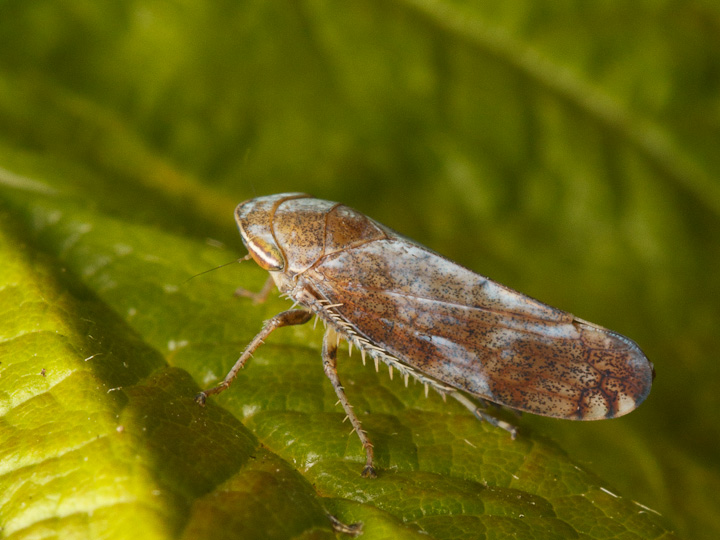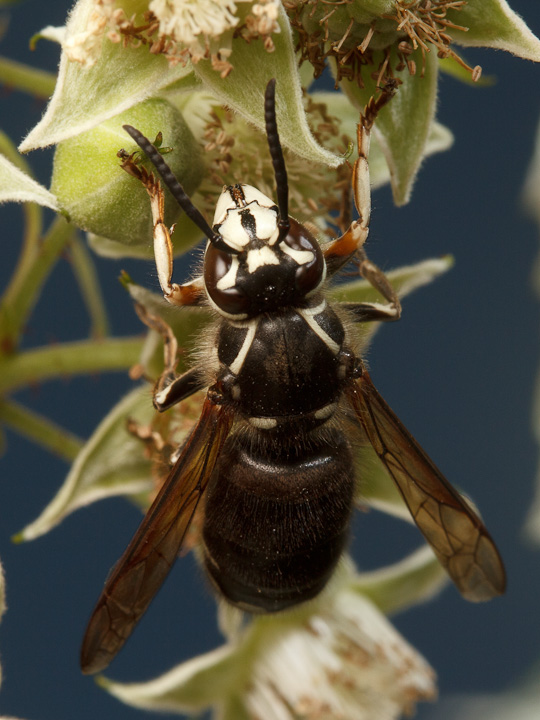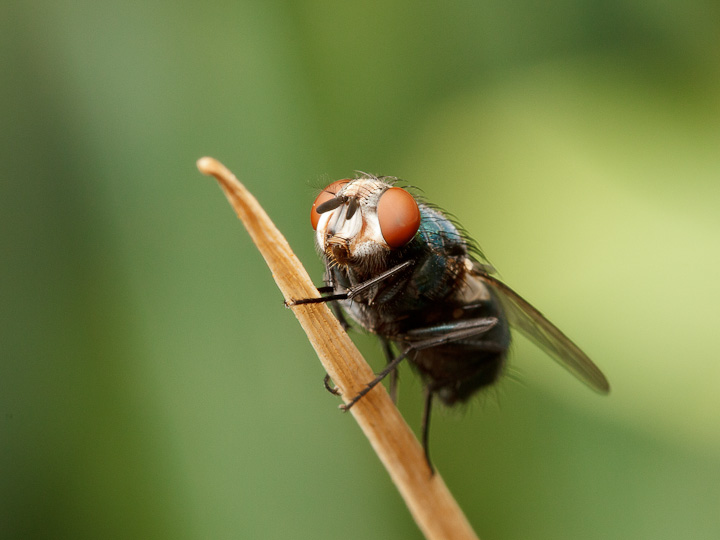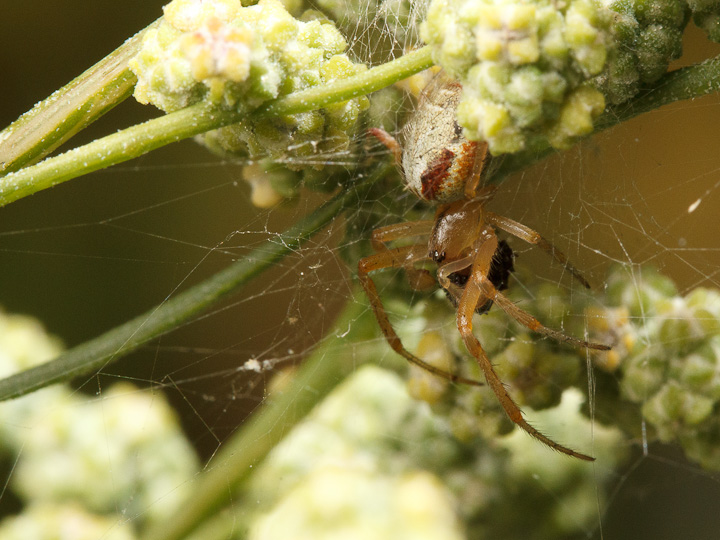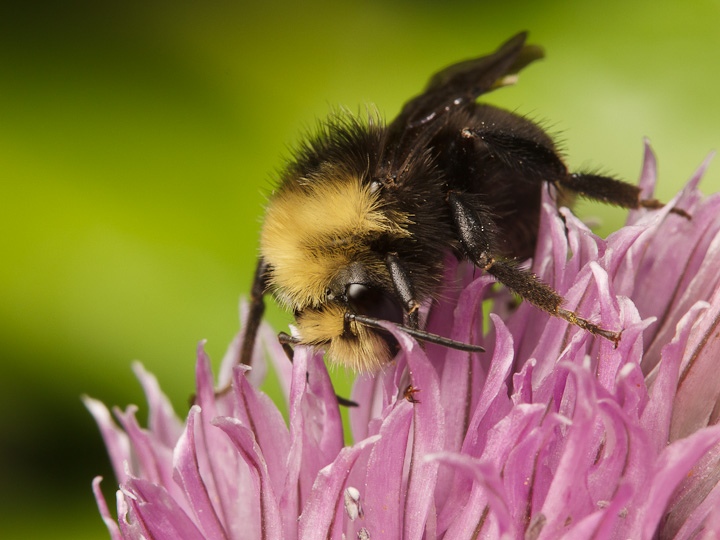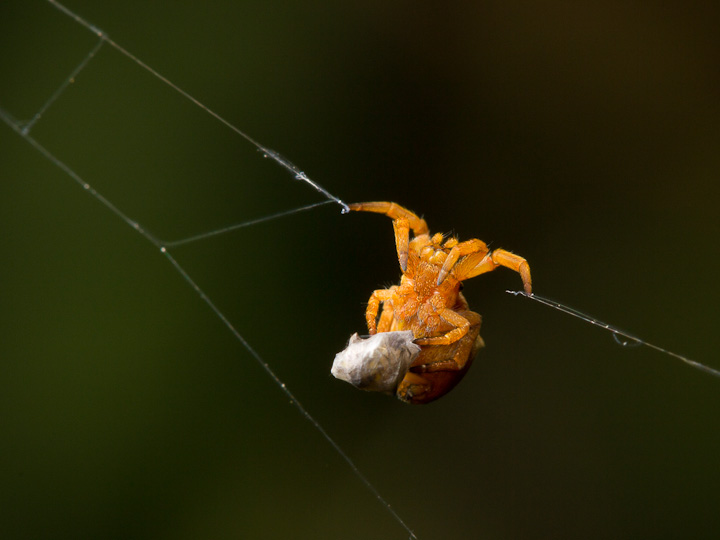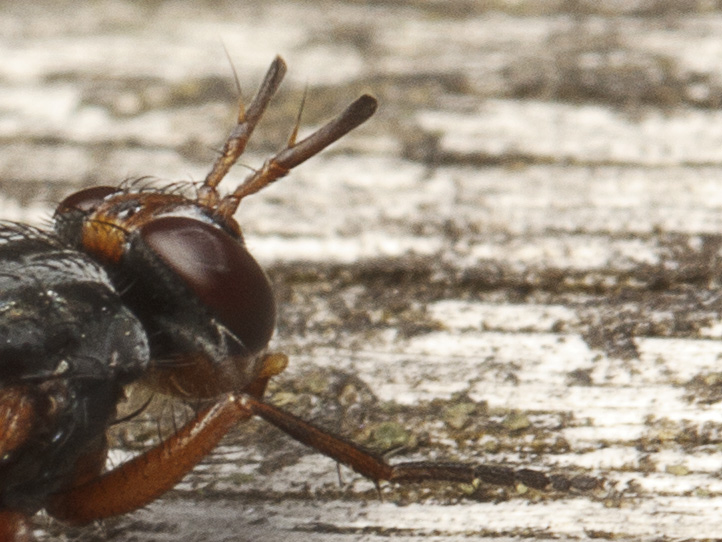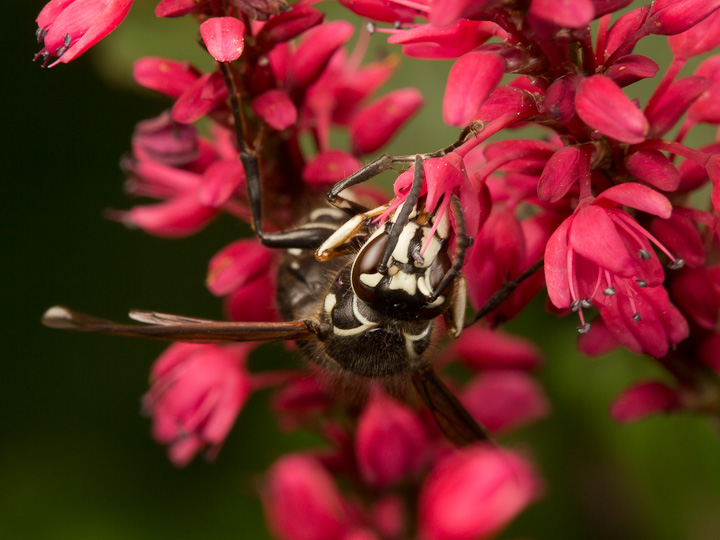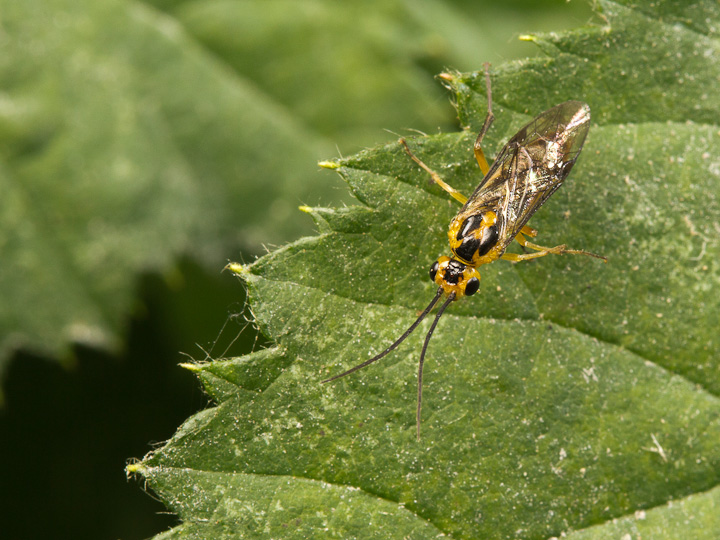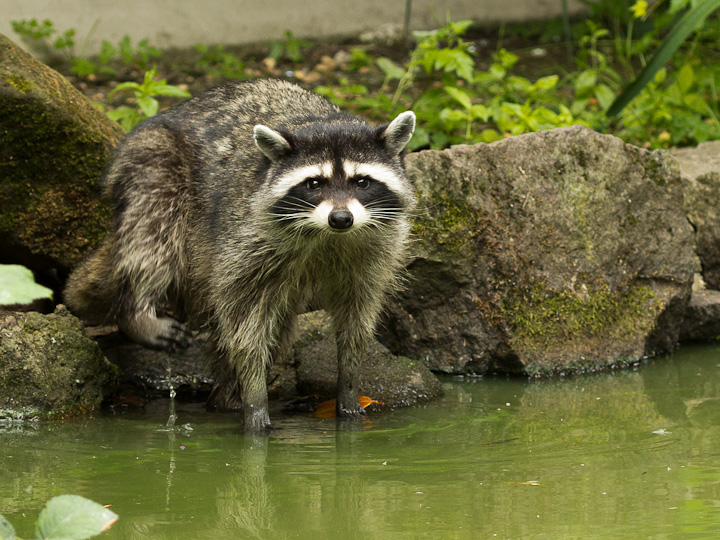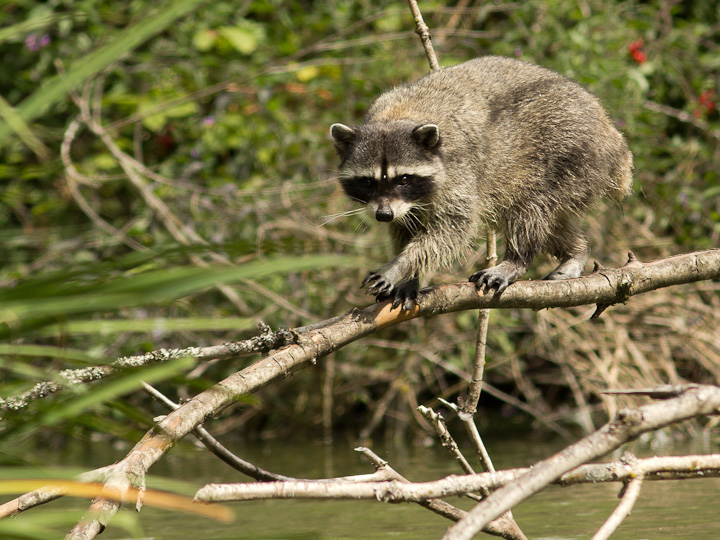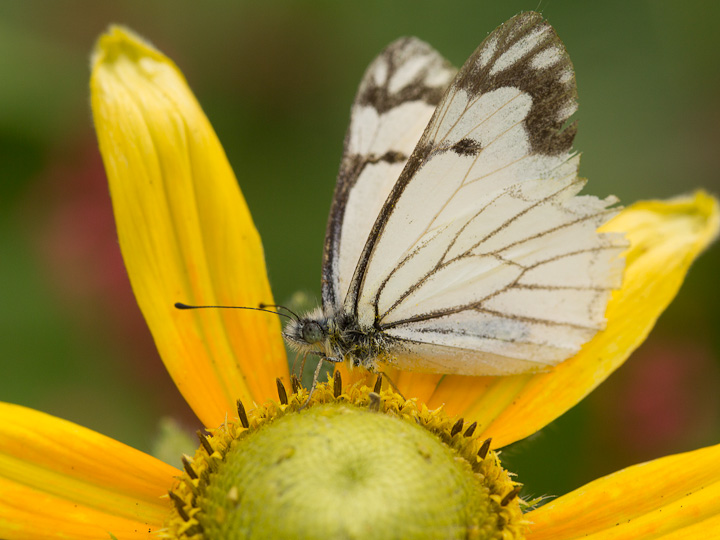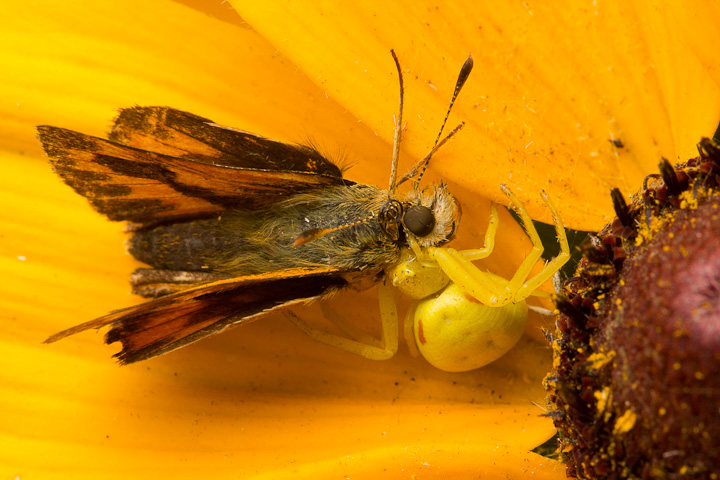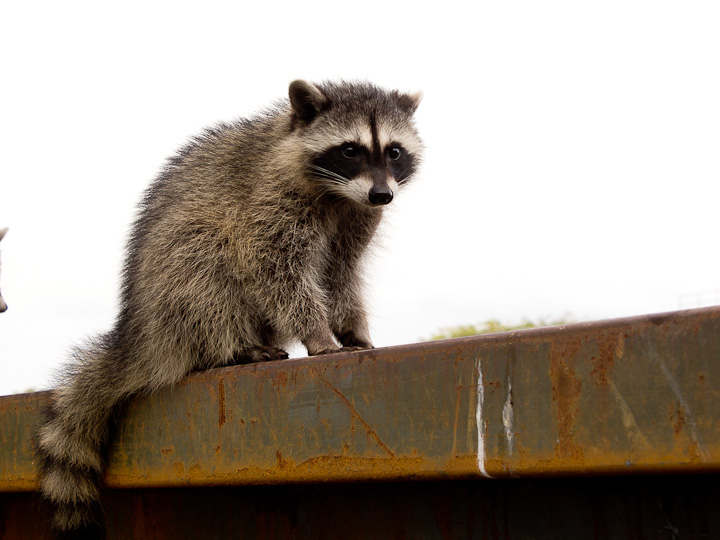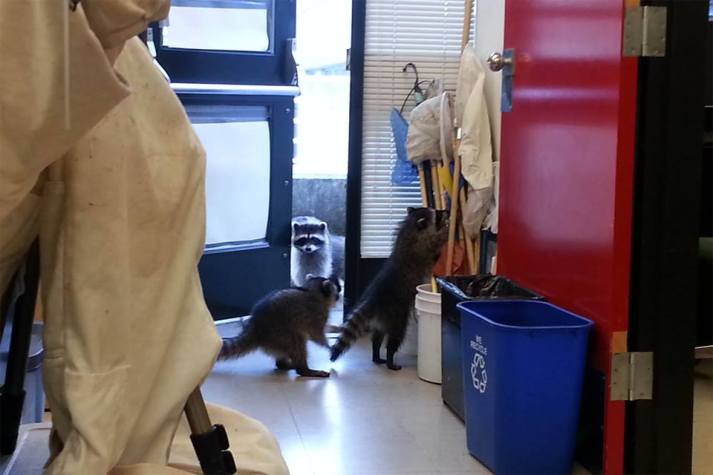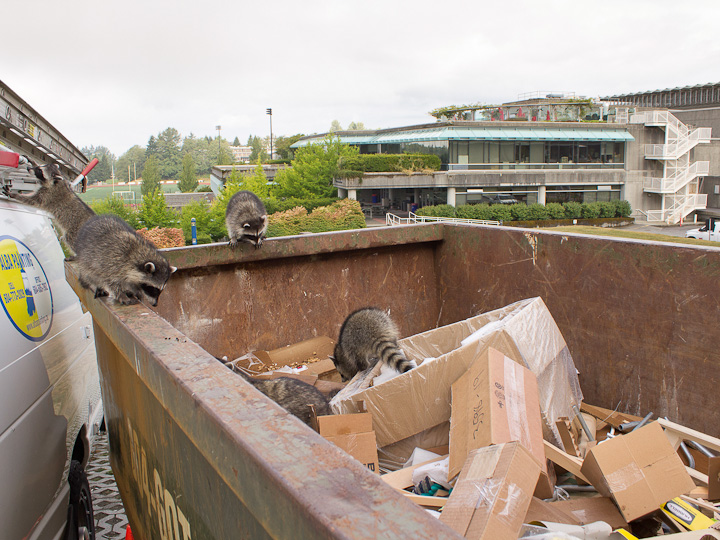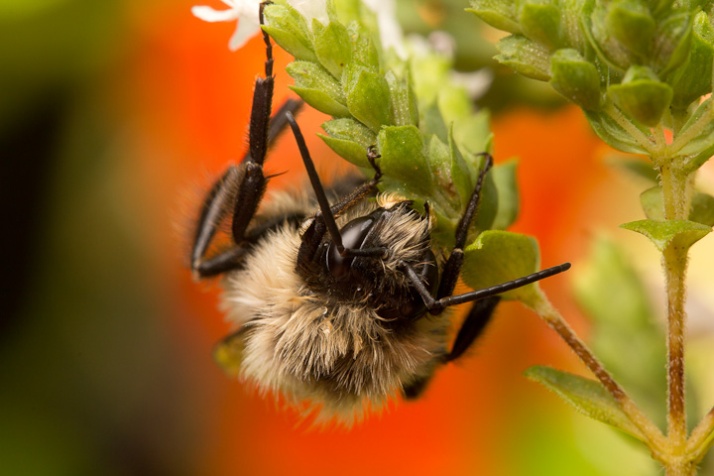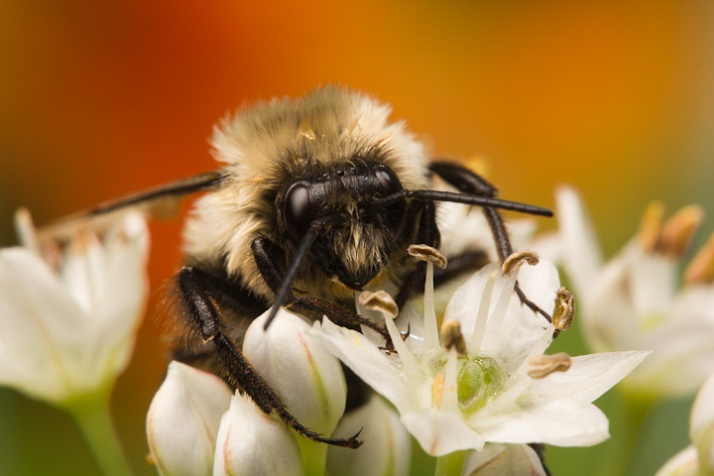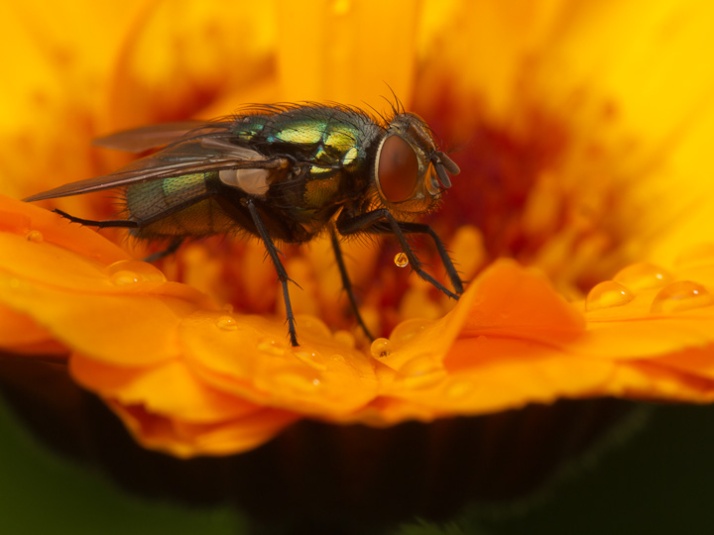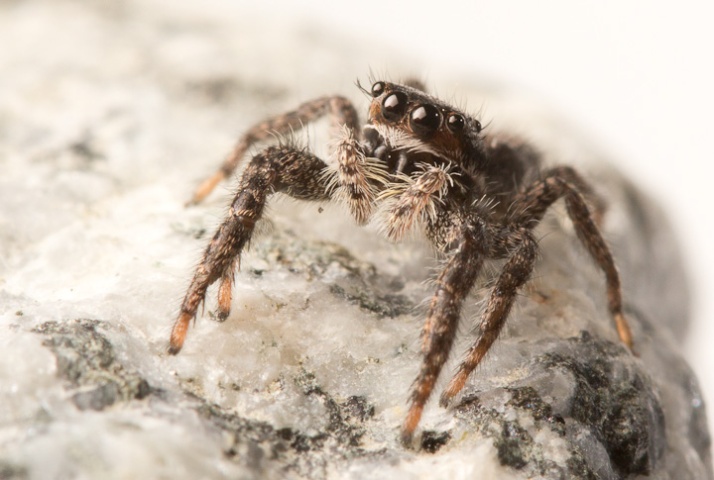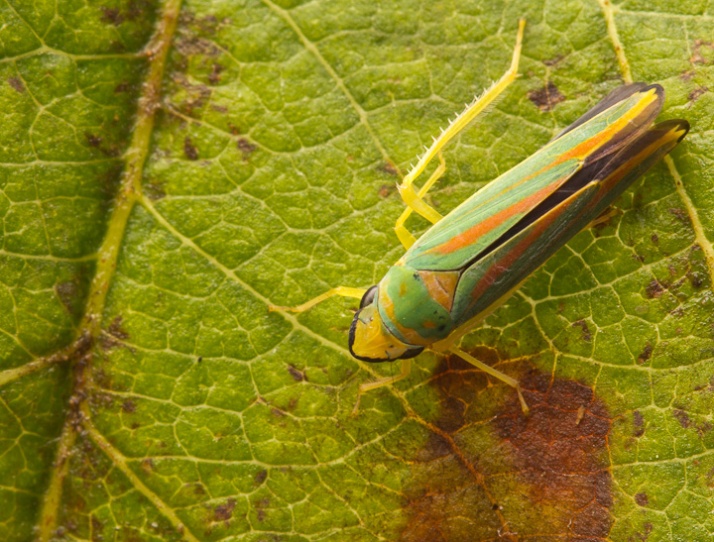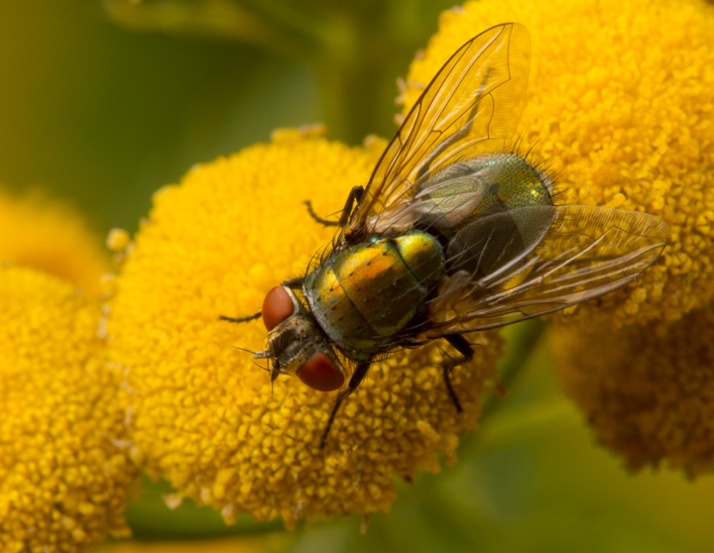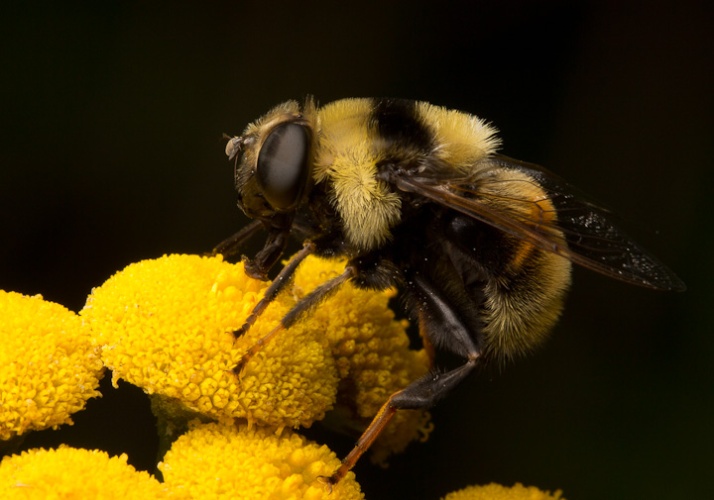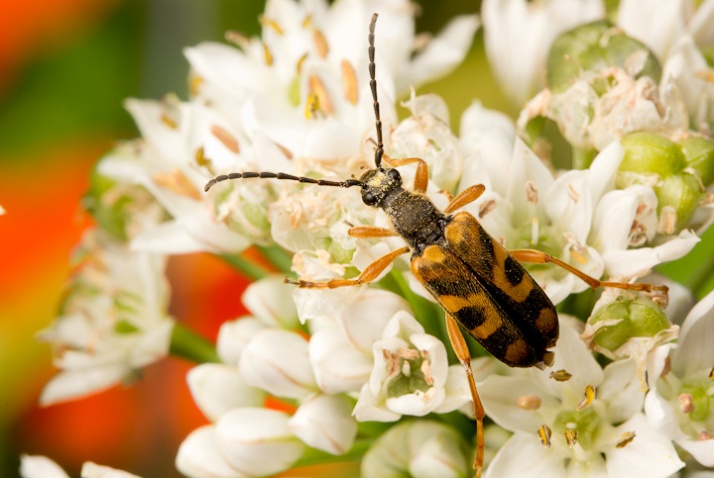
Well, after last week’s successful field trip to Island View Beach, Catherine and I returned to find our apartment full of water and smelling like a mouldy swamp. It turns out that the genius who lives upstairs had a toilet overflow (for an unknown number of hours) and the water leaked down (it does that) into our place. This bright star living above us thinks nothing of it, mops out her bathroom, and calls it a day. Or three. Meanwhile, the damage is done. Many gallons of water have flooded our carpets, eaten away the ceiling, infiltrated the walls, and rotted for three days. The upstairs tenant calls no one, and we return to a minor disaster.
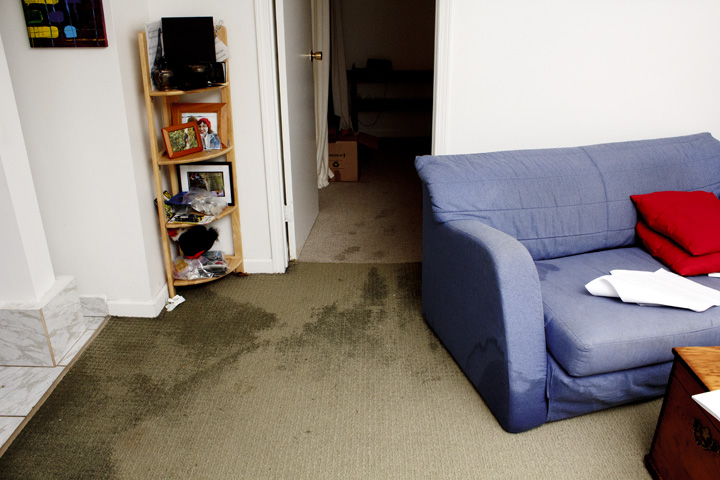
Smartypants upstairs claims she didn’t know about the flooding. Where did the footprints come from? A mystery!
After the landlord, insurance adjusters and emergency contractors storm in, we realize that to get this fixed will take 4-6 weeks minimum, and that we cannot be there while this happens. Because we have no renter’s insurance, no one will cover the monetary cost of our enforced exile (the landlord has been great though, refunding our rent and offering for us to stay with him). So we are moving. Back to the smaller place I had, near Commercial Drive in Vancouver. It is probably a good thing; it will save us money and get us access to a 140 lb Rottweiler. In the meantime, we are staying with Catherine’s Aunt in Port Moody, east of the school. It is really not so bad here, it has a great view and borders a really wild ravine. I have been taking some pics (of course) to try to keep sane. I hope you enjoy!

The view from here.

Tom the dog showing off the view.

Moth in the nighttime!
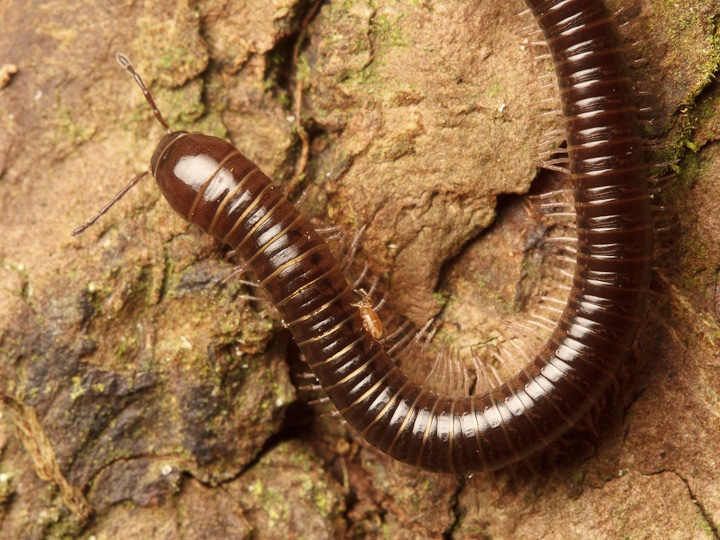
Mites on a millipede?
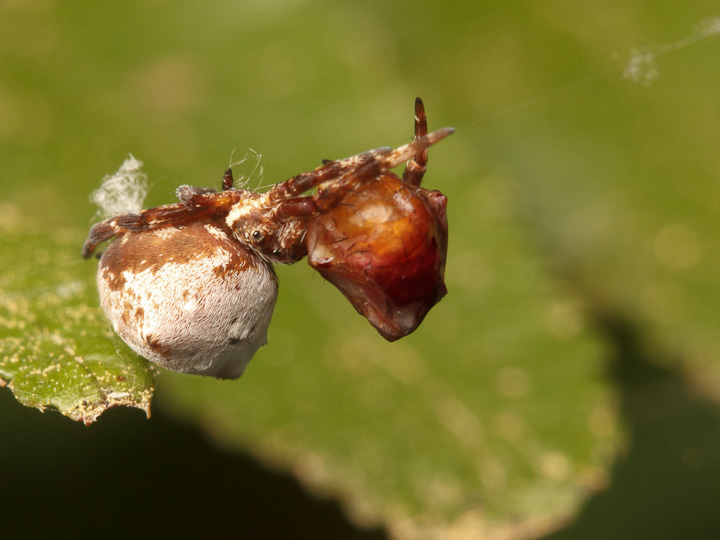
Uloborid spiders (Hyptiotes gertschi) mating. Thanks to Robb Bennett and Chris Buddle for the ID!

A Male Drumming Katydid.
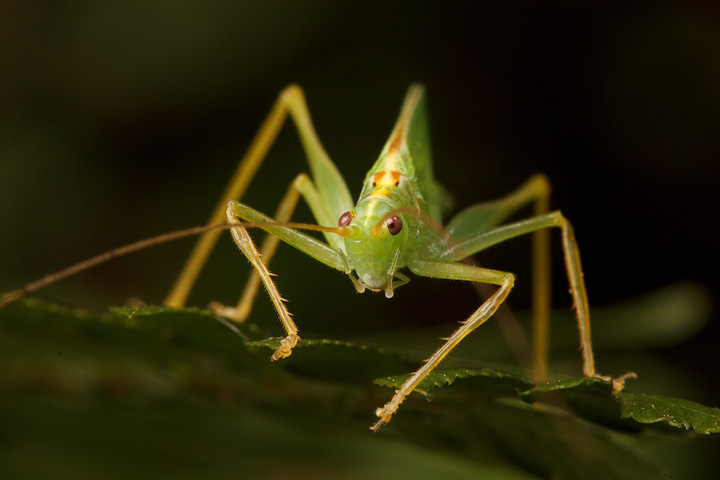
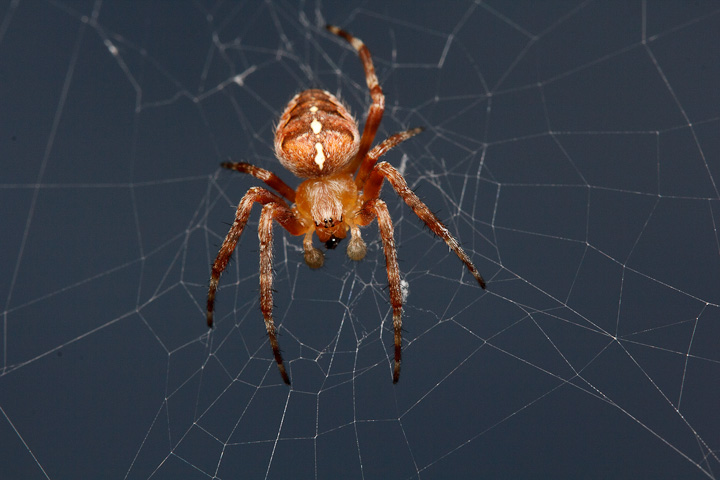
Male Araneus diadematus.

Isopod with friends.
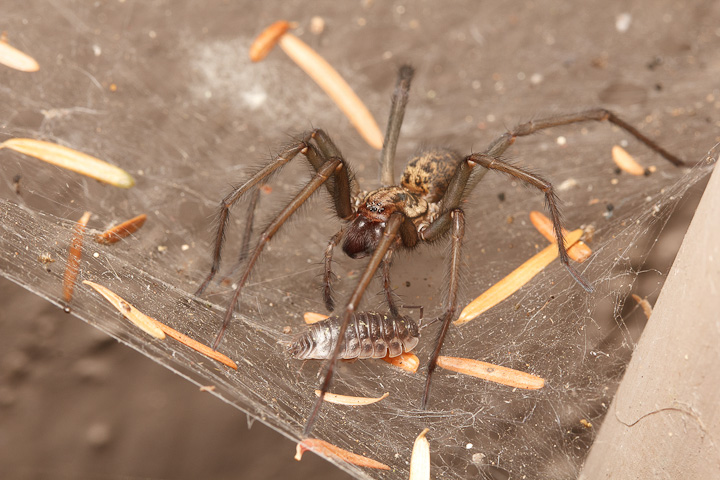
Isopod with frenemy?

Tom and Kong!
